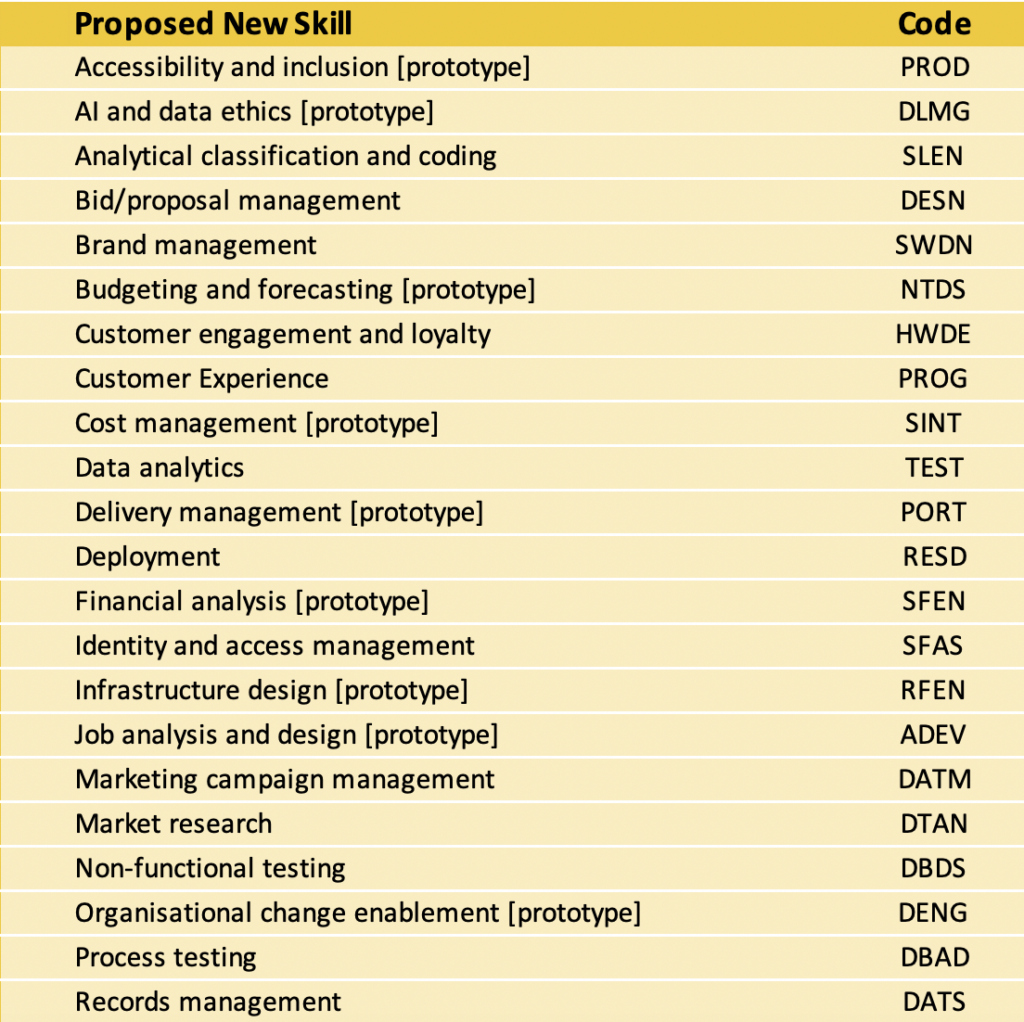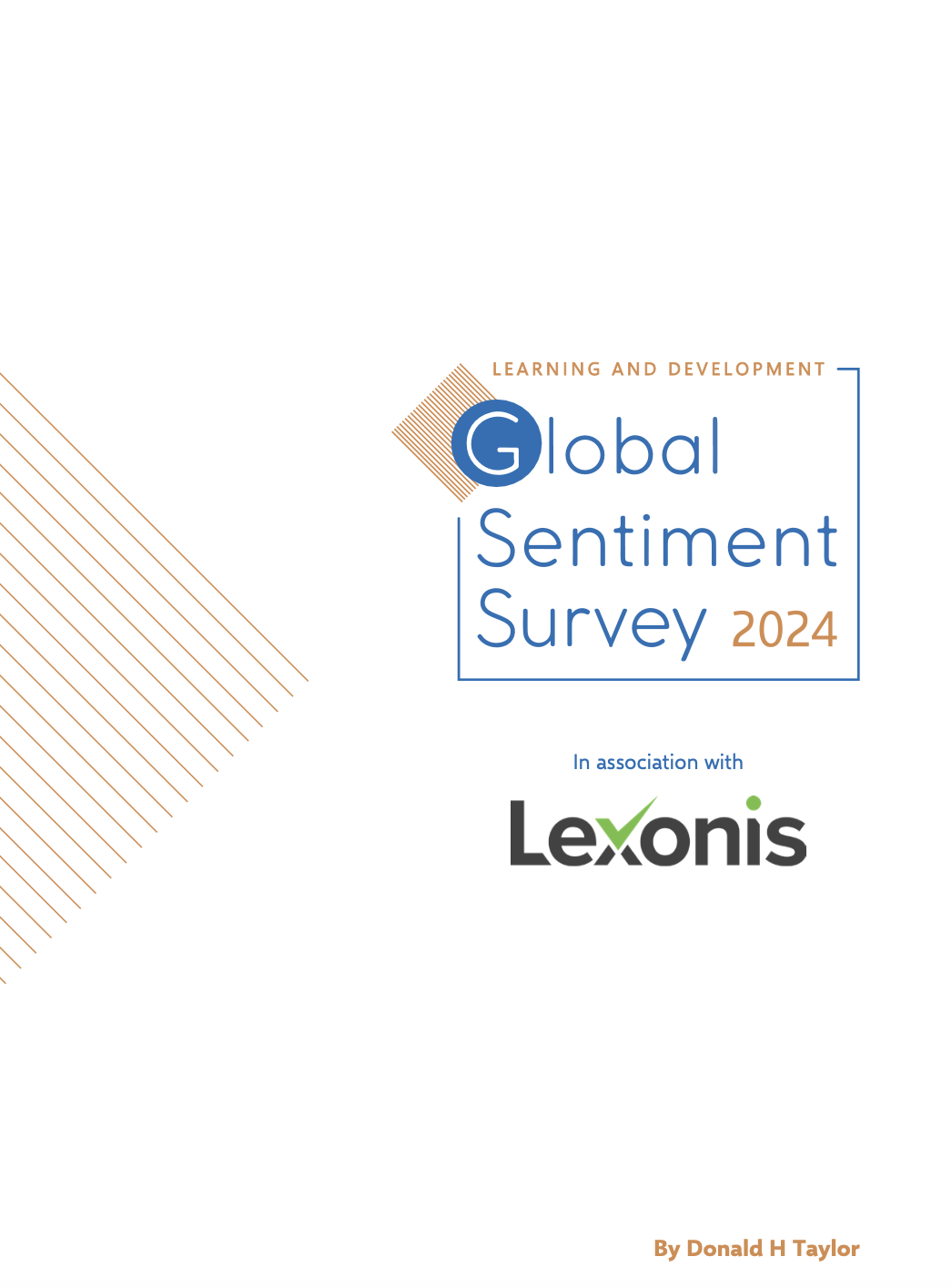Migrating To SFIA Version 9 – Why Bother?
Andy Andrews
With all the excitement surrounding the release of SFIA v9 (version 9 of the Skills Framework for the Information Age), it’s natural to feel tempted to jump right into planning your migration from a previous version.
But do you need to rush into it?
There are some valid reasons to consider before you commit to making the transition:
- Your organization may operate in a niche industry sector where the updates don’t include significant enough changes, or you may not see immediate gains from the new version to benefit from them.
- SFIA v9’s new features may focus more on areas or advanced technologies your organization doesn’t prioritize. Your team may already be excelling in role clarity, training, and skill development using a previous version of SFIA; the shift may not provide enough of an advantage to justify the effort.
- If you have only recently adopted SFIA v8 and undertaken work to update your SFIA job profiles and assessments, transitioning to SFIA v9 could feel like a step too soon, given your recent efforts. You may be in danger of SFIA ‘skills fatigue’ if you try to adopt the changes immediately following the investment in time you have just made.
- Transitioning to SFIA v9 may temporarily halt ongoing processes like skills assessments, training plans, or job profile mapping. This disruption could lead to a loss of momentum and productivity, particularly if your current system based on SFIA works just fine, at least for now. Your best efforts to support your current skills processes through good change management practice may also suffer if you interrupt your existing initiatives.
- Are the updates in SFIA v9 genuinely reflective of the organization’s long-term requirements, or are they just short-term reactions to current industry trends? If the update doesn’t align with your long-term goals, it may not be necessary for now.
We often find no immediate pressure to switch to SFIA v9 when working with our clients. Therefore, it’s essential to evaluate whether the benefits of upgrading justify the cost, particularly if you’ve already invested heavily in implementing a previous version.
However, there are compelling reasons to migrate to SFIA v9. Our SFIA Accredited Consultants have extensive experience guiding clients through multiple version updates. Drawing on that expertise, here are our top tips for navigating the transition smoothly and maximizing the value of SFIA v9.
Lexonis’ Top Tips
- When the time is right…
If you are using SFIA v8, it will likely remain relevant for some time, so you may choose a gradual adoption strategy rather than an immediate shift, allowing time to monitor the real-world impact of v9. It all depends on where you are in your SFIA deployment and the business value your organization seeks to achieve from using SFIA. It is not unusual for organizations to stay with their current version of SFIA, especially mid-project, and the continuing availability of previous versions allows for this.
- Ringing the changes…
Take some time to review the changes and consider the relevance of SFIA v9 for your organization. Version 9 will have some new skills; there will be skills with a high degree of change, a medium degree of change, and a low degree of change; there will also be a fair proportion of the framework that remains unchanged. Consider how far the elements that have changed are relevant to your organization. Also, consider whether the new skills are ones that your existing job profiles and job architecture will benefit from. At the time of writing and before the launch of the latest version, here is our understanding of the additions and changes to the skills that we will see in this new version:

Propose New Skills in SFIA v9 (Prototypes may not be included in published version)
- Use laser vision…
Focus on the skills that have seen high-to-medium changes in SFIA v9, as these will have the greatest impact on your organization. Review how these updated skills are used, particularly if they’re part of your current assessment processes. Consider whether those assessments will still be valid after updating and weigh the overhead versus return: Will the benefits of adjusting to these changes justify the time and resources needed?

Also, consider the impact on employees who may have to re-assess their skills from the start if you decide to replace their existing skill assessments with new ones for skill definitions that have changed significantly. Concentrating on the most critical updates allows you to maximize the value of SFIA v9 without unnecessary disruption.
- Refresh those learning assets…
Do you use SFIA to identify skill gaps and suggest learning opportunities? This is a fantastic value-added feature. If you plan to transition to the new version, remember to update learning and development activities to reflect the new skills or definitions in this version. At Lexonis, we provide AI-enabled learning-to-skill mapping services that can really help take the hard work out of this for you.
- Communicate across your organization…
Remember the principles of good change management. If you decide to update to a newer version of the framework, take the opportunity to refresh people’s appreciation of the benefits and development opportunities that SFIA brings to employees, managers, and organizations.
Conclusion
Deciding whether to migrate to SFIA v9 is not a choice to be taken lightly. While the new version introduces valuable updates and improvements, carefully weigh the benefits against the potential challenges and disruptions. Each organization’s situation is unique—some may find immediate value in the enhancements. In contrast, others might not see enough change to justify the shift from SFIA v8, particularly if they have recently invested significant resources in implementation.
Assessing whether the transition aligns with your organization’s long-term goals and current priorities is crucial before making any decisions.
Lexonis and SFIA v9
At Lexonis, we have an in-depth understanding of the expected changes that SFIA v9 will bring, and we have developed a comprehensive toolkit to partner with our clients and make their transition straightforward and effective. So, if you are interested in transitioning to the latest version and you’re not sure what to do about your current or previous assessments or, generally, would like to know more about the benefits of implementing SFIA v9, contact us for a free strategy session with one of our SFIA Accredited Consultants.
You may also like

There is a skills gap problem in the developed economies…

The business value of adopting a skills-based talent strategy and…

What is trending in workplace L&D this year? Are your…